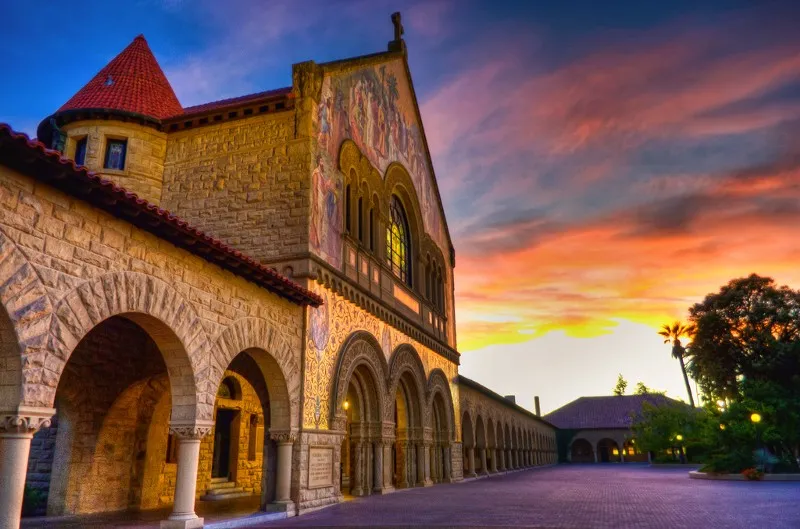Table of Contents
Editor’s Note, Volume LVIII
On four separate occasions this volume, a highly skeptical visitor attended one of the Review’s weekly meetings in Old Union 215. Some were brought by friends, others by sheer curiosity — one even used us as an anthropological experiment. Before leaving, all four visitors approached me with the same comment: that, despite their initial (sometimes extreme) skepticism of the publication, they had found the meeting to be one of their most intellectually engaging experiences at Stanford.
After two years on staff, I can safely say that this is where the Review’s greatest value lies. It is truly an intellectual “safe space”: a setting where any idea will be heard out and judged on its merits, rather than met with accusations of “privilege” and subject to ad hominem attacks.
This is also why the Review’s active presence on campus is more important than ever. For all our pretensions of intellectual curiosity, the scope of debate and discussion among Stanford students is disturbingly narrow. We rarely engage with Trump supporters, much less truly radical thinkers. We claim to be open to new points of view, but substitute finger-snapping and meme-sharing for political engagement. We attend “debates” on AI where not a single cautionary warning is made about the dislocative effects of technology. Simply put, there’s a reason that our visitors had to travel to Old Union on a Monday evening to encounter a wide spectrum of ideas.
Yet, despite this bleak picture, there is a silver lining: good ideas still matter. They are often drowned out by apathy, political idolization, and incoherent identity politics, but when they do shine through, they count for a lot. Our readers this volume spanned from the Farm, to the Rust Belt, to the Department of Education, to maximum security prisons in Florida. We moved the ball forward on Title IX reform, lent a spotlight to Stanford’s minority Trump supporters, and pushed for curricular change. Many of our pieces were met with angry emails and choice Facebook comments (referring to articles as “toilet paper” has become particularly popular in activist circles), but many more turned heads and began to shift dogma on the Farm.
Engaging with new, uncomfortable ideas not only challenges and deepens our worldview, but also fosters the one kind of diversity Stanford glaringly lacks: intellectual diversity. While students at the Farm may have the privilege to learn from some of the most distinguished faculty in the world, vast swathes of the political spectrum are severely underrepresented in the classroom. This is in part the result of a chilling effect where students and professors fear to make comments that might offend the liberal sensibilities of their colleagues and pupils.
However, it is also a reflection of the fact that faculty are, on the whole, fairly homogenous in their political viewpoints. We have affirmative action for other underrepresented minorities, why not conservative professors?
The positions the Review espouses may not always be popular, but they often succeed in bucking this disturbing trend. As British Prime Minister Winston Churchill put it, “You have enemies? Good. That means you’ve stood up for something, sometime in your life.”
Our planned speaker series next fall will work to inject campus with a much needed dose of heterodoxy. Stanford can and must do better than peer universities, which have begun to retreat from the free exchange of ideas. Like it or not, the Review will always be there to resist any attempt on the Farm to follow suit.
I am sure my successor, Anna Mitchell, will continue to fan the flames of intellectual curiosity at Stanford and ensure that the Review’s contrarian positions are heard well outside the walls Old Union 215.
Stay long on ideas, Stanford.





